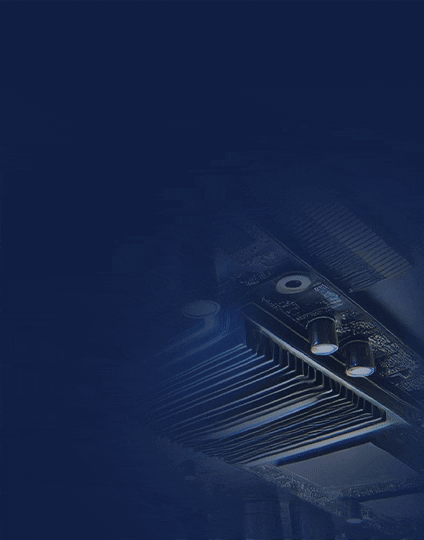The rollout of 5G technology has redefined how we think about connectivity. With promises of ultra-fast speeds, massive device density, and end-to-end latencies under a millisecond, 5G is the foundation for next-generation applications like autonomous vehicles, immersive AR and VR, industrial automation, and remote healthcare.
Achieving these capabilities demands a network infrastructure that is flexible, highly parallel, and capable of processing data in real time. This is where Field Programmable Gate Arrays (FPGAs) play a pivotal role.
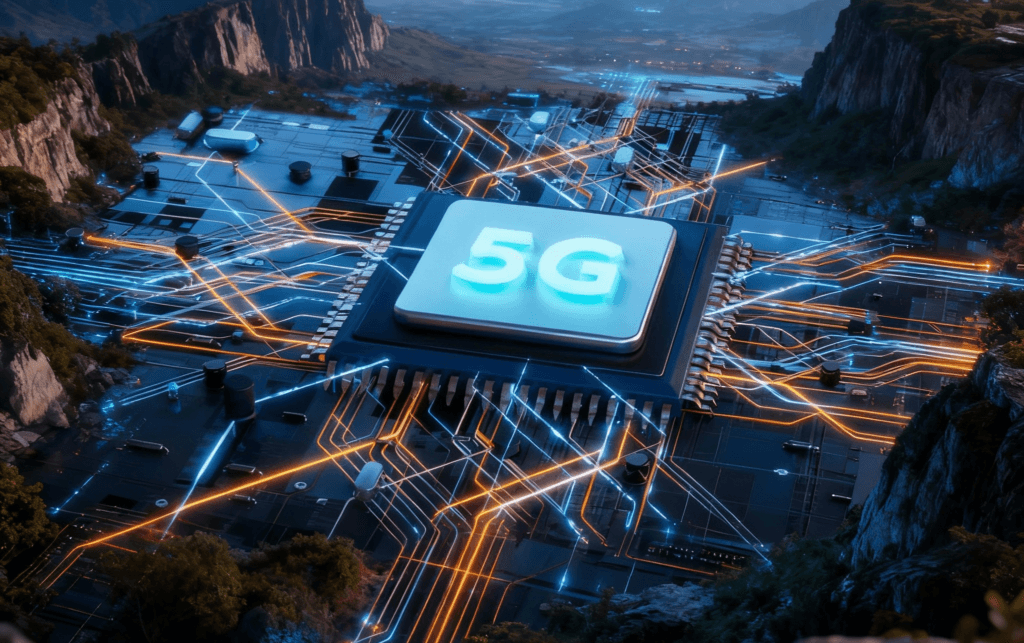
Why Low Latency Matters in 5G
Low latency is more than a performance metric, it is essential for mission-critical tasks.
- Autonomous driving requires immediate reaction to sensor inputs.
- Remote surgeries depend on instantaneous haptic feedback.
- Industrial IoT systems need millisecond-level coordination across thousands of sensors and actuators.
Traditional processors struggle to meet these timing constraints because they process tasks sequentially and lack the parallel throughput required for real-time data streams.
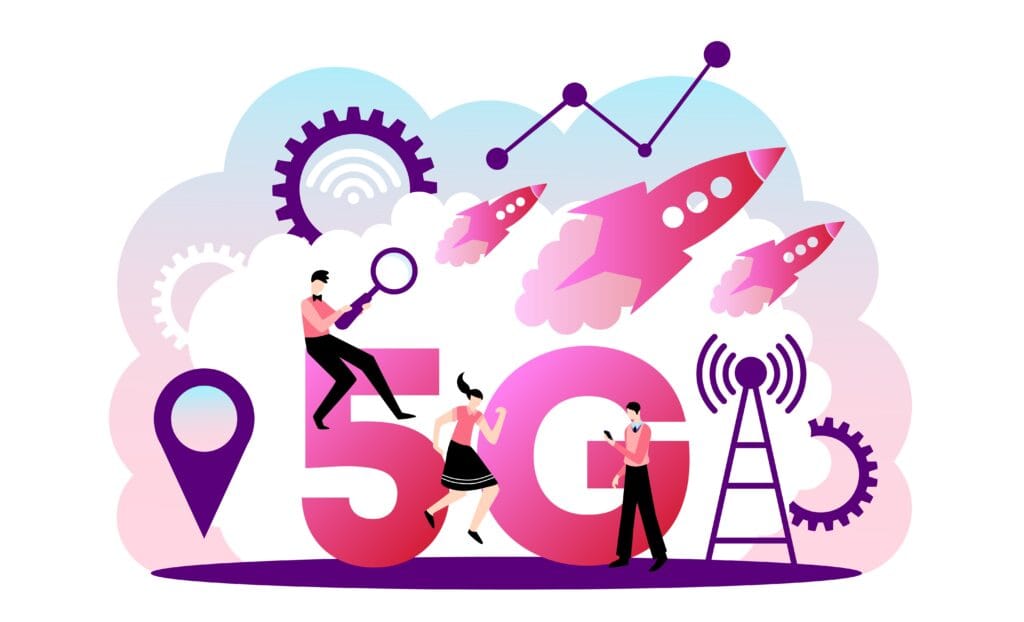
The FPGA Advantage
FPGAs combine the programmability of software with the performance of custom hardware.
Key benefits include:
- Massive parallelism: Unlike CPUs and GPUs, it can execute thousands of operations concurrently, reducing processing delays.
- Deterministic latency: Data moves through fixed hardware pipelines, ensuring predictable response times.
- Reconfigurability: Network operators can update FPGA logic as 5G standards evolve without replacing hardware.
- Low power efficiency: Optimized hardware paths reduce energy consumption compared to general-purpose processors.
These characteristics make FPGAs ideal for baseband processing, signal modulation, beamforming, and other compute-intensive tasks in the 5G Radio Access Network (RAN).
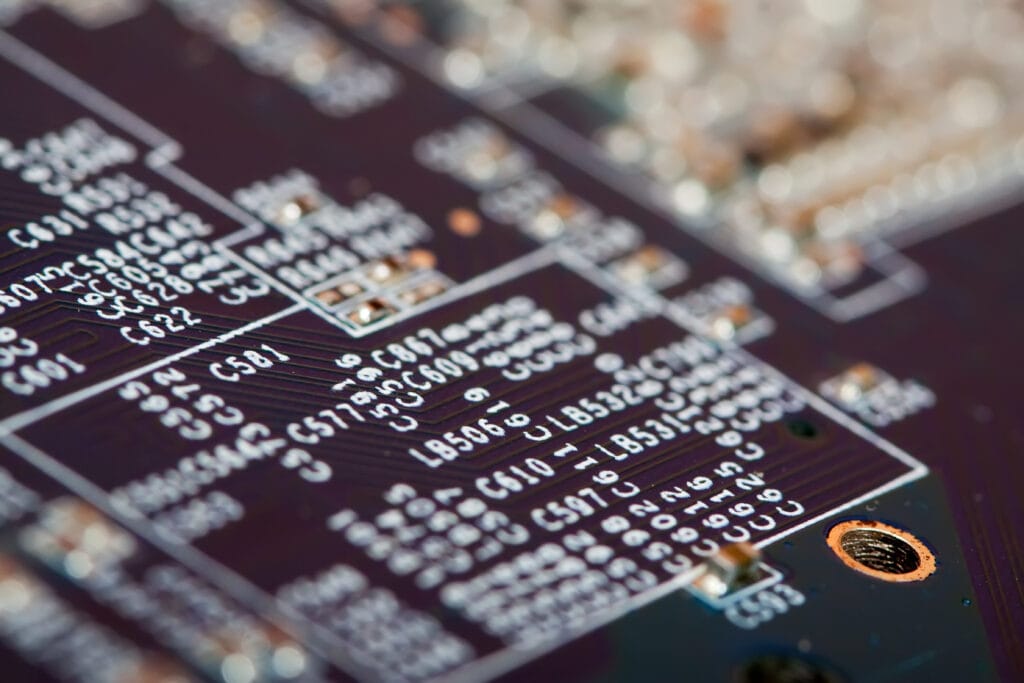
Applications Across the 5G Stack
Radio Access Network (RAN)
FPGAs handle high-throughput operations such as MIMO beamforming, channel coding, and packet scheduling. Their ability to process wideband signals at the physical layer ensures minimal delay between transmission and reception.
Edge Computing
Edge nodes powered by FPGAs can process AI and machine learning workloads directly where data is generated, avoiding the round trip to centralized cloud servers and thus keeping latency at ultra-low levels.
Core Network Acceleration
Functions like encryption, packet inspection, and traffic shaping benefit from FPGA acceleration, maintaining high performance even during peak loads.
Network Slicing
Operators can dynamically reprogram FPGA logic to support multiple virtualized network slices with unique performance profiles, essential for serving diverse 5G use cases simultaneously.

Integration with Emerging Technologies
The flexibility of FPGAs makes them natural partners for other cutting-edge technologies:
- AI and ML at the Edge: They can run inference models for predictive maintenance and anomaly detection without cloud dependence.
- Open RAN (O-RAN): In open and disaggregated network architectures, they provide vendor-neutral acceleration that aligns with industry interoperability goals.

Challenges and Considerations
Despite their strengths, FPGAs come with certain trade-offs:
- Development complexity: Programming in hardware description languages can be more demanding than writing software for CPUs.
- Cost factors: High-end FPGAs can increase capital expenditure, though this is offset by longer hardware lifecycles and flexibility.
- Skilled workforce: Expertise in FPGA design and verification is essential to fully leverage their capabilities.
Vendors are addressing these issues with high-level synthesis tools, pre-built IP cores, and ecosystem support to simplify adoption.

The Road Ahead
As 5G networks continue to mature and lay the groundwork for 6G, the demand for adaptable, high-performance, and low-latency hardware will only intensify.
Field Programmable Gate Arrays offer a proven and flexible path to deliver the real-time responsiveness needed for future innovations.
From enabling smarter cities and intelligent transportation systems to powering advanced robotics, autonomous vehicles, and next-generation industrial automation, they ensure that networks and applications can evolve seamlessly with growing data and performance demands.

Conclusion
Field Programmable Gate Arrays stand at the heart of the 5G revolution.
Their blend of speed, flexibility, and deterministic performance empowers operators to meet stringent latency requirements while keeping infrastructure future-ready.
For organizations building next-generation communication systems, they are not just an option, they are a strategic imperative.

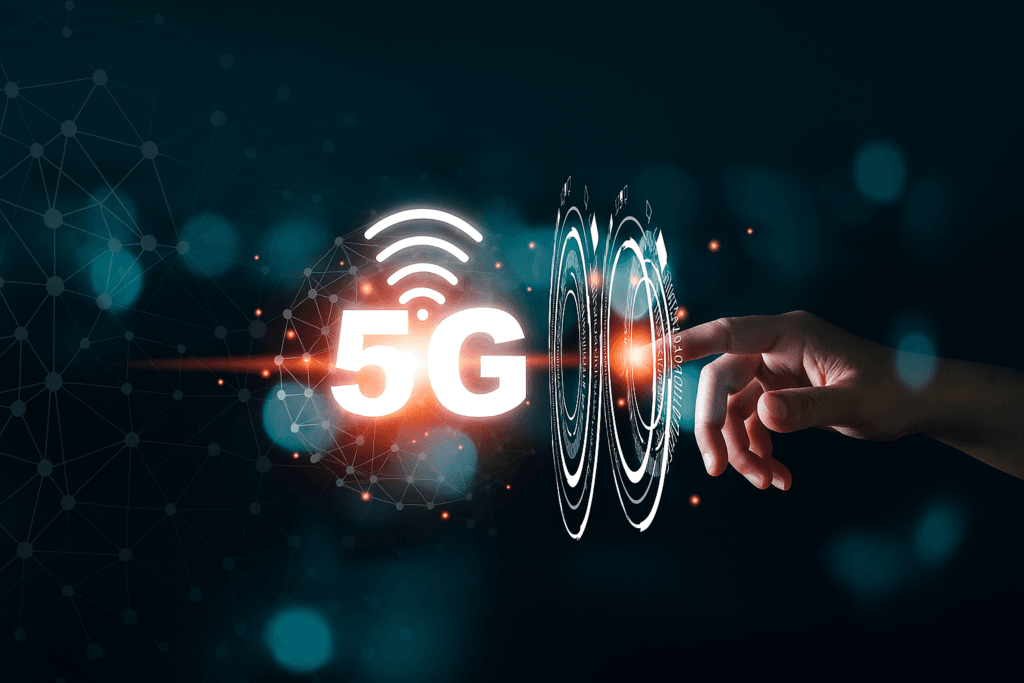
![What is FPGA Introduction to FPGA Basics [2023] computer-chip-dark-background-with-word-intel-it](https://fpgainsights.com/wp-content/uploads/2023/06/computer-chip-dark-background-with-word-intel-it-300x171.jpg)


